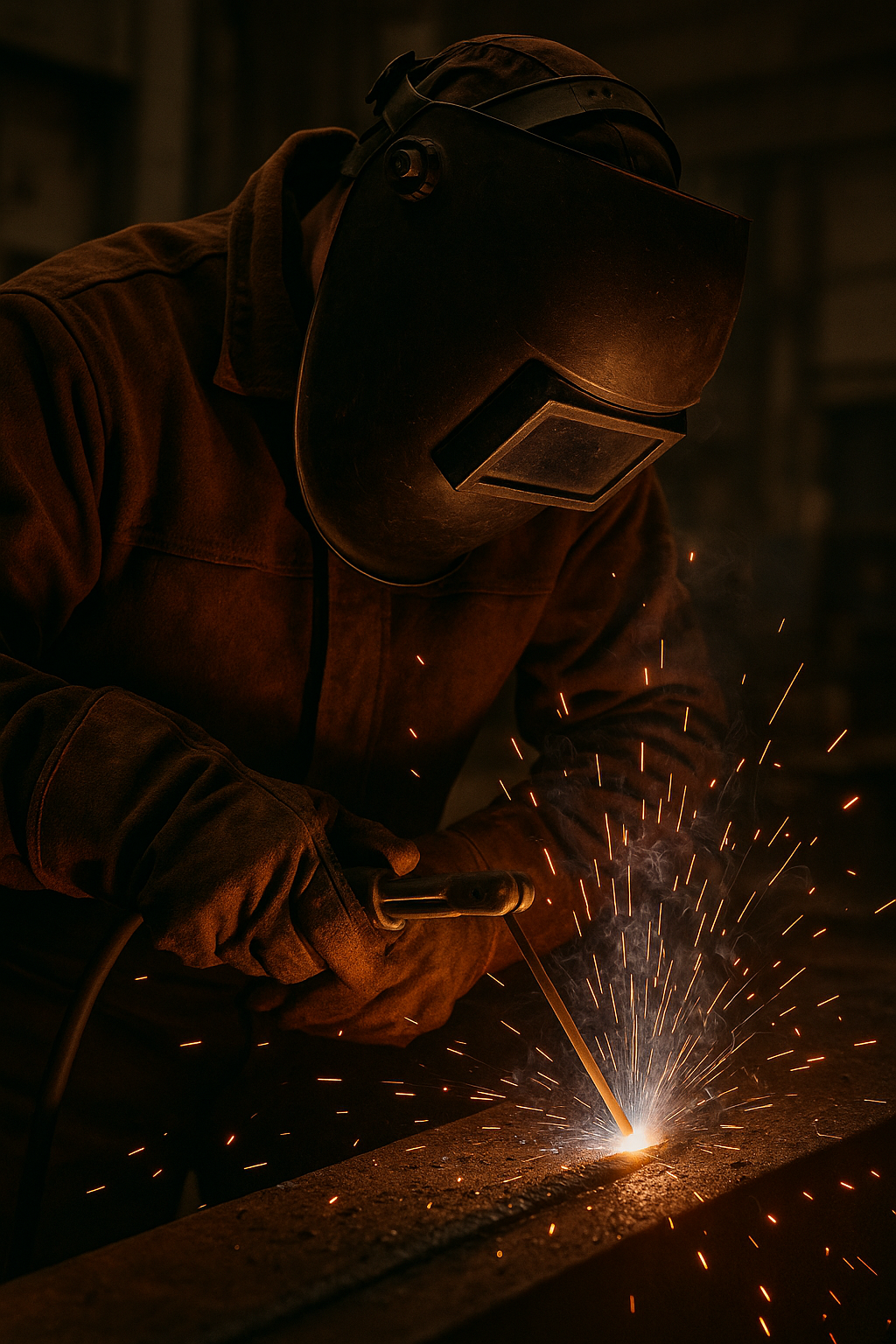Arc Control Mastery: Stick Welding Tips That Matter
Stick welding, known technically as Shielded Metal Arc Welding (SMAW), remains one of the most versatile and reliable methods used in fabrication and repair work. However, achieving excellent results hinges significantly on mastering arc control. In this guide, we’ll explore essential tips that will elevate your stick welding proficiency.
Electrode Selection Matters
Not all welding electrodes are created equal. Choosing the right electrode can dramatically improve your welding performance and efficiency. Common electrodes like E6010, E6013, and E7018 each have specific characteristics that suit different materials and conditions.
- E6010: Offers deep penetration, excellent for rusty or dirty metals.
- E6013: Suitable for general-purpose welding; easier to handle, great for beginners.
- E7018: Known for smooth weld beads and excellent strength; ideal for structural welds.
Match your electrode to your project needs for the best results.
Maintain the Correct Arc Length
Arc length—the distance from the electrode tip to the base metal—is pivotal in stick welding. Too short an arc length can result in electrodes sticking, while too long leads to spatter and porosity.
The optimal arc length typically matches the electrode diameter. For instance, a 1/8-inch electrode performs best with approximately a 1/8-inch gap.
Master Your Angles
Electrode angle significantly influences weld penetration and bead quality. Generally, maintaining a 10° to 15° angle from vertical is recommended for optimal control.
- Drag Angle: Tilt electrode 10°-15° toward your direction of travel.
- Work Angle: Adjust side-to-side tilt based on joint type (flat, vertical, horizontal, or overhead).
Practicing different angles will help refine your welding technique and lead to cleaner, stronger welds.
Control Travel Speed
Travel speed directly impacts bead size, penetration, and weld quality. Moving too quickly can cause thin, weak welds. Conversely, going too slowly can lead to excessive buildup and burn-through.
Aim for a steady, deliberate pace, allowing the puddle to form properly without lingering too long in one spot. Consistency here greatly enhances weld integrity.
Watch Your Current Settings
Stick welding depends heavily on correct amperage settings. Amperage set too high leads to excessive spatter and burn-through, while settings too low result in weak, inconsistent arcs.
Check the recommended amperage range on your electrode packaging and adjust based on metal thickness and type. Fine-tuning current settings ensures smooth, stable arcs every time.
Cleanliness Equals Quality
Stick welding is forgiving but still requires cleanliness for optimal results. Rust, oil, paint, and other contaminants can compromise weld quality, resulting in porosity or weak welds.
Always thoroughly clean your workpieces with a grinder or wire brush before welding. This simple step dramatically enhances weld strength and appearance.
Practice, Adjust, Repeat
Arc control mastery comes from repetition and thoughtful adjustments. Practice regularly, evaluate your results, and don’t hesitate to adjust your approach. Keep refining your technique, and soon you’ll achieve consistent, professional-quality welds.
Safety First, Always
Remember, welding involves intense heat, sparks, and hazardous fumes. Always prioritize safety:
- Wear appropriate PPE (welding helmet, gloves, jacket).
- Ensure proper ventilation.
- Keep fire extinguishers nearby.
Adhering strictly to safety guidelines protects you and your workspace.
Final Thoughts
Stick welding mastery is achievable with focused practice and attention to detail. Incorporate these critical arc control tips into your workflow, and watch your welding results significantly improve.
Disclaimer: This post contains affiliate links. We may earn a commission if you purchase through our recommended products at no additional cost to you.


Leave a Reply